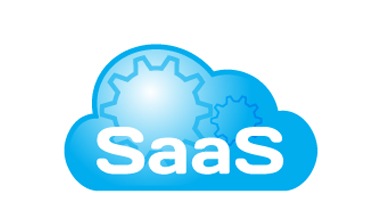 Are you ready to take advantage of the boom in the SaaS market? Have you thought about reselling cloud services? Or have you already started the transition into the managed service resale model? Wavecrest wants to help make this transition as simple and streamlined as possible. We will provide you with all the tools you need to succeed. You can start selling our cloud service immediately with minimal investment and no binding contract.
Are you ready to take advantage of the boom in the SaaS market? Have you thought about reselling cloud services? Or have you already started the transition into the managed service resale model? Wavecrest wants to help make this transition as simple and streamlined as possible. We will provide you with all the tools you need to succeed. You can start selling our cloud service immediately with minimal investment and no binding contract.
Wavecrest understands the service model and the complexities behind selling SaaS solutions. Having a range of services that can be sold independently or in a bundle is key to generating a stable and recurring source of revenue. Web Security as a service is integral to any MSP’s offerings. That is why we have streamlined our ordering and licensing process. Furthermore, we have developed a simple to manage and provision service to ensure you maintain your profit margins!
Wavecrest Computing’s industry leading Web security solution, CyBlock, is a mature, robust and feature rich solution. CyBlock is now available as a cloud-based security service (SaaS) solution. CyBlock Web Security services will protect your clients against Web based threats, lost productivity and mitigate legal issues associated with employee Web use. CyBlock Web Security service also provides bandwidth management. This critical feature enables you to provide your clients with the highest quality of Service (QoS) by ensuring speed and reliability of mission-critical Web activity.
Let Wavecrest show you how selling the SaaS Web Access Security CyBlock Cloud will have a rapid and positive impact on your MSP business!
Find out more detail on our MSP partner page or send us your information on our partner form and we will contact you!
|
Toll Free: |
877-442-9346 (U.S. and Canada) Ext. 3 |
|
E-Mail: |
|
|
Website: |
|



